By Angel Chan and Tien Oriana
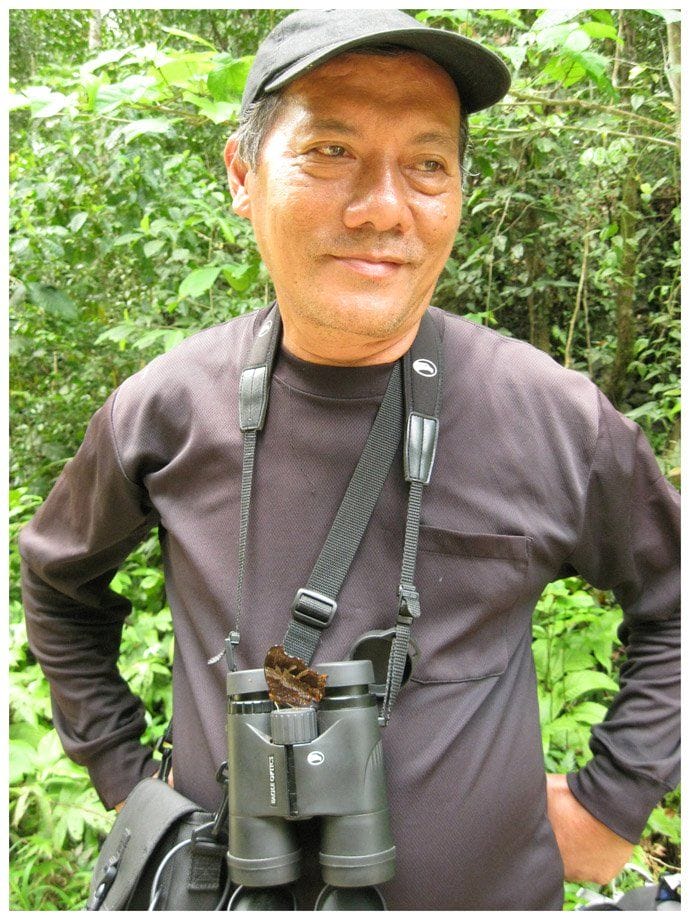
Photo by Adri Constantino
It was the early 1990s, and the Paper Industries Corporation of the Philippines (PICOP) operations were still in full swing. A group of conservationists was being held in PICOP’s security office as they request access to a site for an avian biodiversity check. It was a request that could only be granted if they were to be accompanied by someone familiar with the area.
“How about him?” Tim Fisher asked as he pointed to the man behind the clickity-clackity sound of the typewriter. Perhaps it was his kind face or the diligence he exuded that he was chosen at random. But Zardo was hesitant to say yes – he had an upcoming deadline for his reports after all. He eventually relented when someone was found to relieve him from his tasks. Little did he know that this “yes” would lead him to become legendary.
Felizardo Goring is well-known in the birding community as “Zardo” – the man who can wield the presence of even the most elusive birds. After more than 30 years, this unsung hero of Mindanao wildlife continues to guide birdwatchers in private tours and is now government-hired to train fresh bird guides and help stop illegal activities in the area.
On January 7, 2023, we went to (formerly) PICOP in Agusan del Sur for our top target bird: the Celestial Monarch (check out this previous eBON article: Hardcore Birding: Mindanao Edition). We had amazing views of the bird (but that’s another story) and had the opportunity to get to know the renowned Zardo.
The Early Years
Zardo was born in Surigao Del Norte on March 28, 1956. He is a husband to a pharmacist, a father of five, and a grandfather to thirteen. He has raised an aeronautics major, a biologist, a security officer, a fine arts major, and a computer science major.
Before pursuing a full-time career as a bird guide, he was working for PICOP under security operations. Guiding began as a side job. However, when PICOP stopped paying their employees regularly, he voluntarily quit his day job with Tim promising full financial support.
“What was your spark bird and what is your favorite bird?” we asked. Without missing a beat, Zardo answered: “My first bird, I didn’t forget. That was the Coppersmith Barbet. Then my favorite bird…” He pauses for dramatic effect. “…Celestial Monarch!”

Photo by Cheta Chua
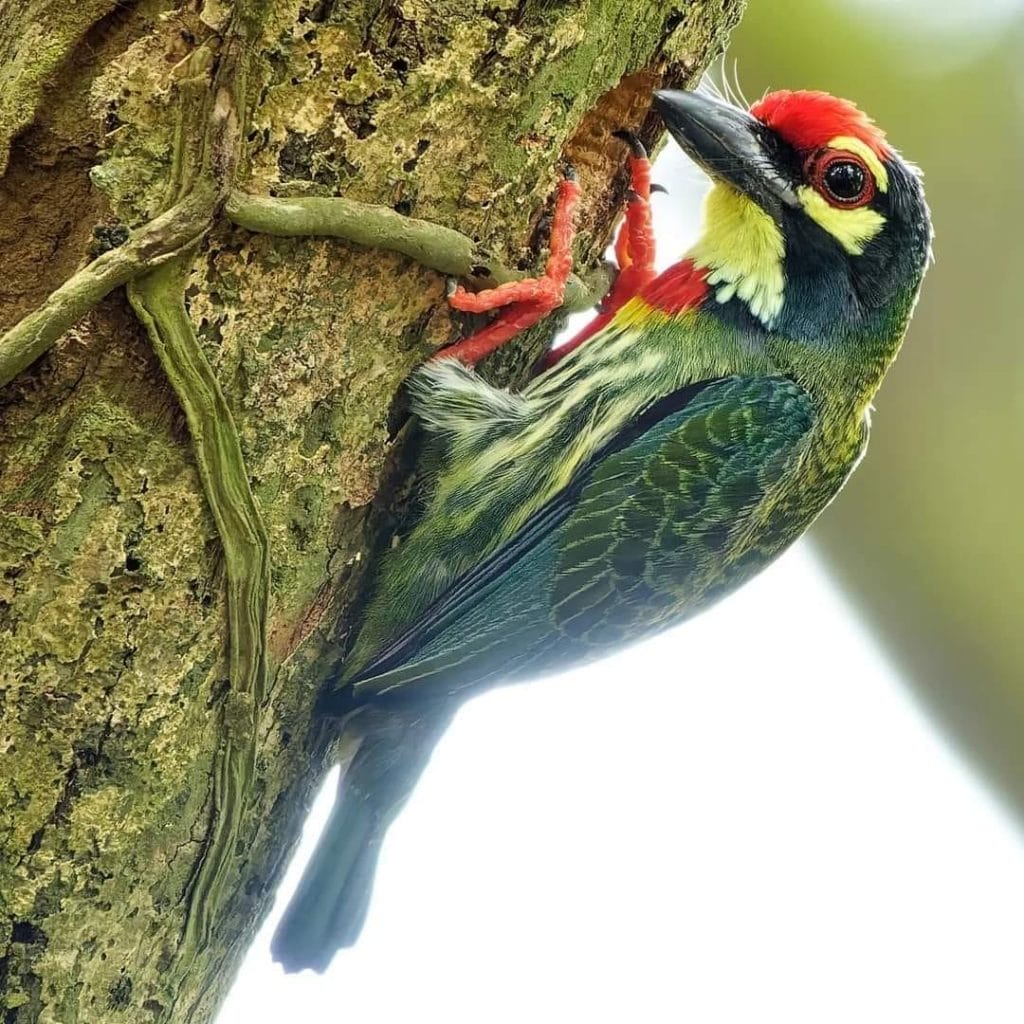
Photo by Ravi Iyengar
A ‘spark bird’ refers to the bird that ignited one’s interest in birding. “[My spark bird] was during the Ben King tour – my first tour. I was the one holding the telescope. I very much appreciate that bird. It’s very colorful. You can see the green, yellow, olive green, and the whiskers!” Zardo proceeds to recall what he learned from Ben King about this bird, that the whiskers help the barbet enter their nesting holes. “Later, I learned that some birders call it a trash bird, but I say ‘No that’s not trash! I like that bird.’”
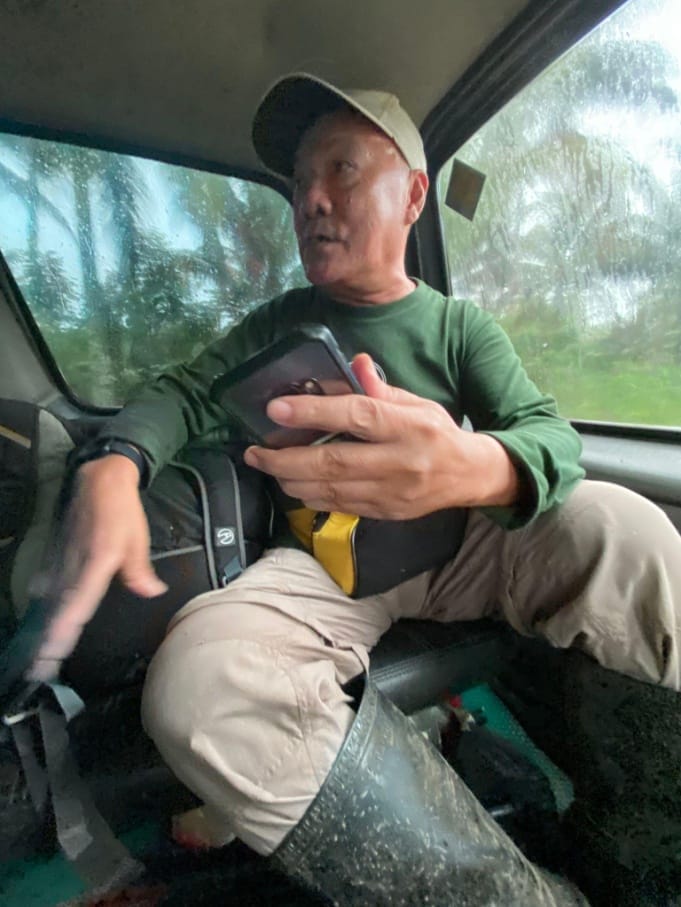
After missing out on the Mindanao Bleeding Heart that was flushed out by a motorcycle (another big story for another time!), our birding sortie was all too excited to get to know his story. We ended up listening to his journey in the car instead of waiting the next day for a proper sit-down interview.
“I didn’t know anything about birds – only the local names,” Zardo shares about the time when Tim chose him. They were about five people and were given only a limited birding site. They were ordered not to go beyond certain points due to the military operations in PICOP, yet when his operator told him that the military operations had stopped, Zardo felt that they could go further. “I told them, ‘Maybe we can go. What area do you want?’ Tim was excited and just said, ‘Yes yes yes.’ I said, ‘We’ll go on the “backdoor”. Please don’t tell my boss – I’ll be in trouble!’”
Meeting Tim was the spark where he began to actively learn about birds, but this was not his first encounter with bird conservation. Decades before, in the 1970s, Dr. Robert “Bob” Kennedy began his research on the Philippine Eagle. Zardo was already working in PICOP’s security when Kennedy visited the area for a while. Fisher and Kennedy were already very good friends, so Fisher introduced Zardo to Kennedy, and their friendship burgeoned through their love of birds.

Photo courtesy of Zardo
After 50 years since his last visit to the Philippines, Kennedy and Zardo meet again:
He almost cried when we met! Because, at the time, [Kennedy and friends] were entertained in [a far resort]. And somebody told me, ‘Don’t disturb Bob. Maybe he will not recognize you. I said, ‘You try to observe if I meet Bob.’ Some officers told me, ‘Wow you are really very close because you are talking two on the table only!’ And he hugged me. And I will cry [sic].
From Mentee to Mentor

Photo courtesy of Mark Wallbank (leftmost)
“I really miss Timothy Fisher, my birdwatcher first mentor. I am sorry that Tim passed away. I was very sad. Because we were together for how many years.”
Tim Fisher (1947 – 2010) was an ornithologist and a pioneer birdwatcher in the Philippines. When he visited PICOP in the early 90s, he only had three days and a limited area to cover with Zardo as his security detail.
Tim Fisher really appreciated what I was doing for him because I kept on listing [birds] when they found a bird. So he was surprised, ‘Zardo, you keep on listing! […] The way Tim taught me how to handle birding, he just let me bring his old scope. So every time, he pointed to a bird, I put it on the scope, he would tell me, ‘Oh that bird is very important.’ So I keep on writing. So every time he says it’s important, I would write ‘X’. If it’s very important, I’ll write ‘XX’!
Afterwards, Tim provided Zardo his first binoculars (only Php1000 at first!), a cassette tape with birding calls and names, and multiple copies of A Photographic Guide to Birds of the Philippines for him to study. He kept in touch with Zardo through telefax to PICOP and would ask him to review and accompany him on his tours.
Zardo would repeatedly play and learn the calls in his free time – to the point that Tim would send groups for him to guide on his own. He would also learn from those early visitors and follow their remarks on birds and birdwatching.
“They were all my great mentors.”
When asked who some of the “famous” people he guided, Zardo listed a few names: Timothy Fisher, Ben King, Simon Harrap, Pete Morris, and the many guides of The Rock Jumper. He also shared a notable story with Desmond Allen, author of Birds of the Philippines:
Desmond Allen is a good friend of Tim Fisher. He recommended to go with me. […] We did good birding in the North to the South. I organized motorbikes for [the both of us]. We didn’t have any vehicle. We had to ride a transport bus. We planned to ride at 3AM to be there at 5AM. But then he told me he was not feeling well. So I advised him not to go anymore that day. Later on, I learn from [work] that there was an ambush at the same time we were supposed to be there. Wow, we were very lucky. I remember the date and month – July 31. After Tom Fisher taught me. After that, we celebrated that we were alive. We’re kicking and alive. A guard and security officer were killed because of the 30 caliber used.
Desmond, among others, provided Zardo microcassette tapes with bird call recordings. These were usually labeled with the names of the birds, and he would always play to memorize them. On his vacant time, he memorized calls and scanned his notes. Later on, as Zardo’s skills improved, Tim gave him other gadgets to develop his learning (he even shared that the refrigerator in house right now is still the one from Tim! ). It took him a few years before he became independent, and he learned how to do the bird calls such as the Celestial Monarch’s himself. He recommends others try his learning techniques.
With children still in school and even with the salary from his wife’s work, financial support from PICOP was not the best. However, Tim was beginning to let Zardo handle tours, so he would give an advance whenever he would guide. This was a great help to Zardo’s family, and they appreciate birdwatching just as much. Now, he would teach his grandchildren birds whenever he visited them. “That’s why I owe a lot from birding, and I now have my passion for birding,” Zardo says.
As the country slowly opens up again after the pandemic, more and more tours are being booked with Zardo (we are proudly one of them!). His time is finally being filled again, but his local government’s City Environment and Natural Resources Office (CENRO) has also temporarily hired him to train foresters in identifying trees and birds. He says they’re not yet ready to join birding trips because they’re noisy and still learning.
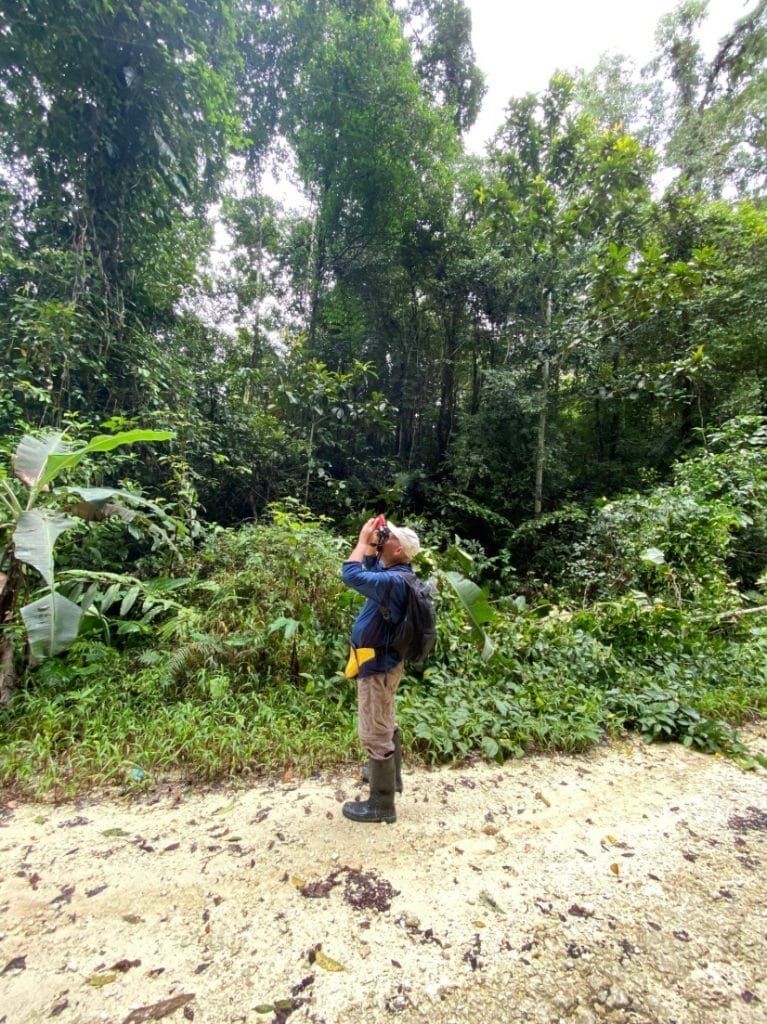
Photo by: Jao Gamboa
The Future of Birdwatching
Zardo admits that his memory back then was excellent, but now maybe he’s slowly losing it. He does reassure us that he has no health problems or plans to retire. If he can’t walk anymore, perhaps that’s when he should retire – but he’s still kicking and servicing people around for now. He also still has plans to see the Apo Myna.
Aside from training and guiding, the government has also asked him to help them stop illegal activities in the area. The DENR has mentioned that they want to close areas to stop the illegal cutting of certain forest products that are also bird magnets. Whenever Zardo sees illegal forest products being taken, he reports them to authorized persons.
Last year, he was with the government in creating an inventory of birds and trees in a particular location. This is important in addressing forest degradation and maintaining a healthy ecosystem that benefits humans and nature. During this inventory, there was a sighting of rufous hornbills, and some people were shooting at them. At the protest of the shooters, Zardo played deafening calls to scare off the birds before they got shot. Zardo told the shooters: “No, you love our birds. Do not shoot.”
We asked him what he wanted for the future of birdwatching, and he quickly responded: “I want the remaining standing trees to still be there. Birders can be great again if loggers will stop cutting our standing trees!”
Due to poor policy implementation, what was formerly PICOP has been left with rampant illegal and “legal” logging. Zardo sees this phenomenon every day. However, his message to future birdwatchers or visitors is still to visit the area.
You should be happy with what birds you will see because we’re trying hard to give you [these]. There are [now] extinct birds. I thought the celestial monarch was already extinct, but now it’s there. But there are really birds that are [becoming] extinct. The black bibbed cuckooshrike just keeps calling, but we can’t see it.
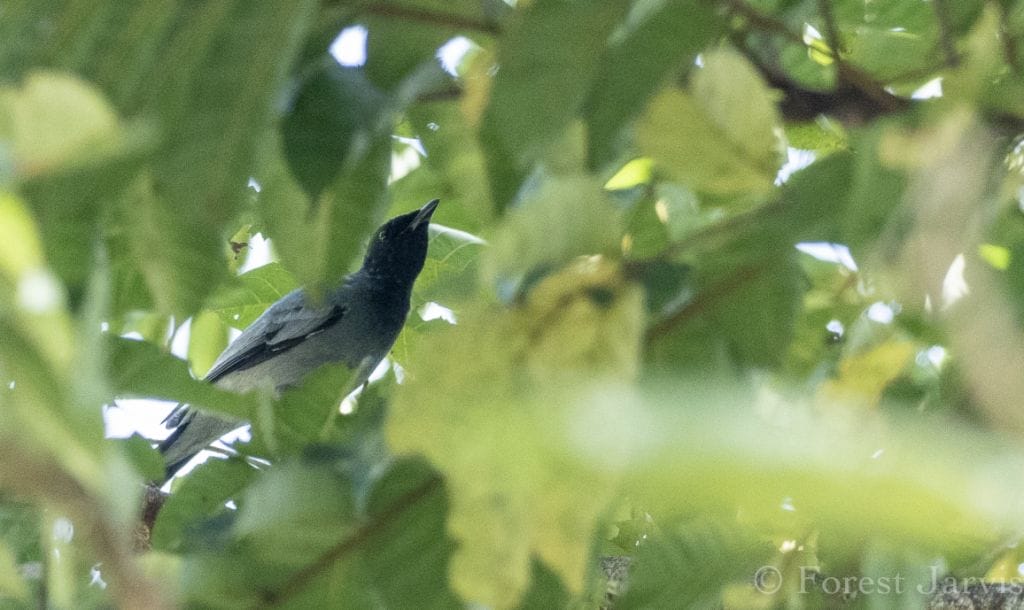
Photo by Forest Botial-Jarvis
Habitat destruction is one of the main drivers pushing many bird species to near extinction. It is often forgotten that our native trees benefit animals and people. Going around PICOP, one faces the sounds of chainsaws, trucks and motorcycles transporting various cut trees and stories of the changing environment.
As our interview comes to a close, Zardo shares one of his many heartbreaking stories:
I would like to advise everybody to please do not cut the trees. We need our environment. […] Especially for big birds and small birds, their habitat is being destroyed by many illegal loggers. I noticed last time somebody [was] cutting a big native tree. [You can hear] the rufous hornbills keep on crying. Because they cut the tree with the nest maybe or maybe there’s a young inside the tree. Almost the whole day. That is very sad. So I want everybody not to cut big trees.
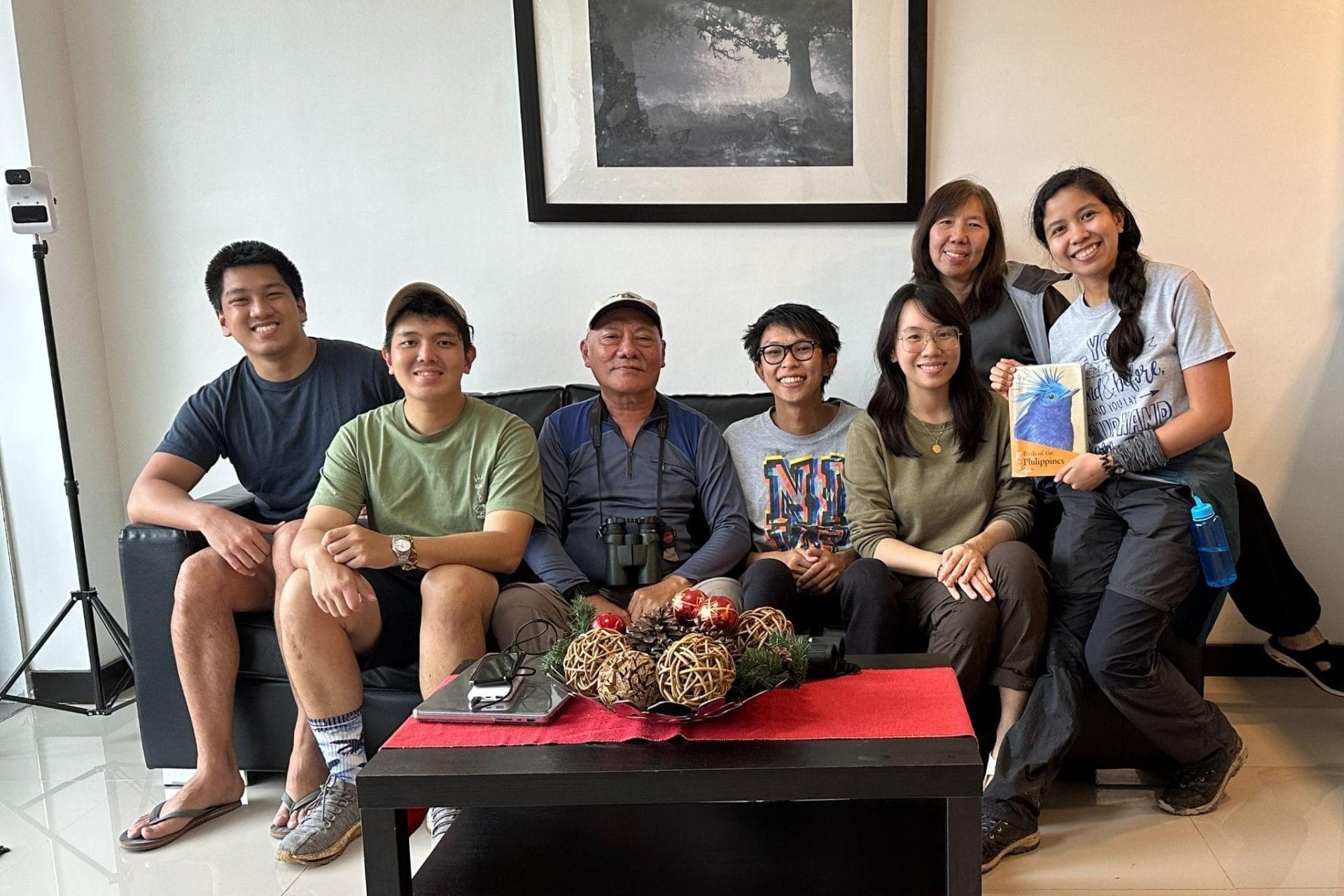

Can you please advise on how to contact Mana Zardo.
Thanks,
Maita
Hi thanks so much for this article about Zardo I truly have high respect to Kuya Zardo he’s my mentor in birdwatching part of me as a freelance bird guide is because of him I so love birdwatching if only I can do both bird guiding and working in the government and the same time 🙂 I guided twice in birdwatching coz of kuya Zardo pinasa nya sa akin coz Ako lang dw talaga ang nakita Niya that have passion and can guide in birdwatching but sa Ngayon I guess I can’t lol. I want to share that birdwatching is the perfect advocacy in protecting the remaining forest of PICOP. Actually if the city could pursue Bird Festival this coming September or October we hope that you could come and support our event? The event would be the perfect timing soon. Bislig City owe one to him and You are definitely right Felizardo Goring is truly a Legend and I love him!
Hello!
I’m coming soon in Bislig/Mangagoy and interested to hire Mr. Zardo.
How can I reach him? Please contact me.
Thanks in advance,
Rose
Good noon. How do we contact Mang Zardo. I am interested to ask about PICOP foresters